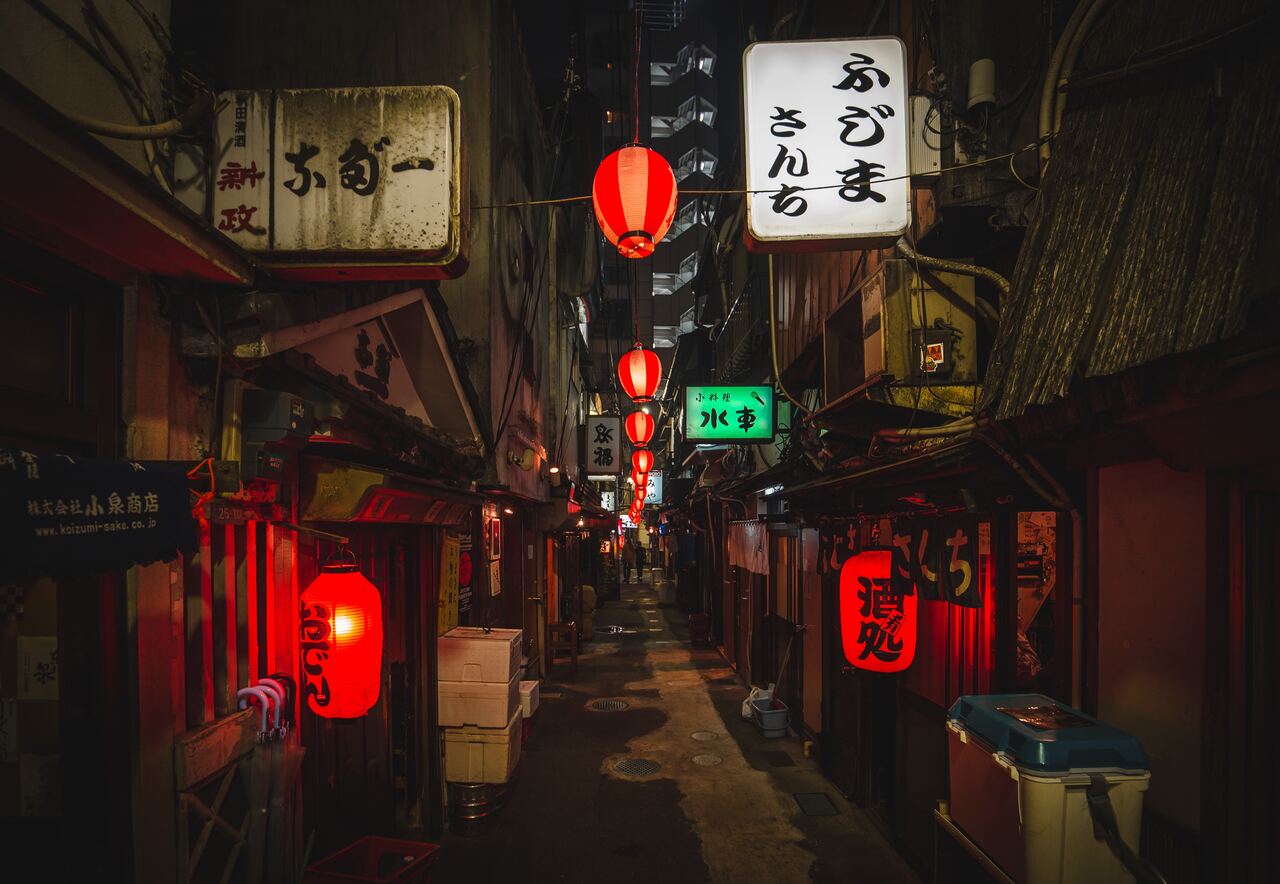
The Power of Photography in Place Branding: A Journey for the Imagination
In the realm of place branding and tourism, the battle between still photography and video content has been ongoing.
While videos can provide a comprehensive experience with dynamic visuals and sounds, there is a compelling argument for the power and impact of a single, well-composed photograph.
In this article, we explore the concept that a video may sometimes go too far in filling in the blanks, and how a good photo leaves room for imagination, thus inviting potential visitors to embark on their own personal journeys.
The Magic of Still Photography
At first glance, it might seem that video, with its ability to deliver motion, sound, and a narrative all in one package, holds all the aces. However, there’s an inherent magic to still photography that we shouldn’t underestimate.
A photo can freeze a moment in time, capture an emotion, or tell a story in a way that no other medium can. It offers viewers a space to engage their imagination, to question what lies beyond the frame, and to connect with a place on a deeply personal level.
As famed photographer Aaron Siskind once said,
> “Photography is a way of feeling, of touching, of loving.”
A powerful image can spark intrigue, evoke emotions and, importantly for place branding, create a sense of desire and longing. This emotional connection, sparked by an individual’s own interpretation and imagination, is what drives people to visit new places. It gives the viewer the power to fill in the blanks, to dream, and to craft their own narrative, making the experience more personal and appealing.
Video is not always best for Place Branding (and maybe story telling in general)
Per Grankvist, Chief Storyteller for a government-funded initiative, Viable Cities in Sweden had this to say about use of photography vs video in story telling, which really stood out for me.
> “… everything we do is documentary photography. A film offers too much information, and you don’t have time to think for yourself. Plus, films always have cuts, so you already know that it’s fake. ..”
Per and his team have consciously decided to use documentary photography vs film/video for place branding, destination marketing, for story telling.
The Intriguing Hybrid: Cinemagraphs
In the spectrum between still photography and video, there exists an intriguing hybrid known as a cinemagraph.

A cinemagraph blends the stillness of a photograph with the dynamic motion of a video, creating a unique and mesmerizing visual experience.
For place branding, this presents an exciting opportunity. Cinemagraphs can capture the vibrancy and movement of a location - a flickering city skyline, the rustling leaves of a tranquil forest, or waves lapping gently against a serene beach, people moving in the background (as in the image above) - while still leaving elements static, retaining the inviting mystery of a photograph.
This blend of motion and stillness can create an evocative, immersive image that engages viewers’ imaginations, drawing them in and sparking curiosity.
In essence, cinemagraphs could offer the best of both worlds - the vivid storytelling of videos and the imaginative openness of photographs. As such, they represent a compelling tool for place branding in the digital age.
Photography in Place Branding - Real World Examples
There are numerous examples in the world of place branding where a powerful image has been used to great effect.
Example 1: Take the “I Love New York” campaign. The logo, designed by Milton Glaser in the 1970s, is simple, but the accompanying photographs, showcasing various locations and experiences in New York, allowed individuals to project their own idea of the city onto the images, making the campaign more personal and effective. (Morgan, Anholt, & Go, 2004).

Example 2: A dramatic image of the Northern Lights might show the phenomena’s magic but leaves the rest to the viewer’s imagination. What does it feel like to stand under the aurora borealis on a clear Arctic night? The desire to experience this first-hand has led to a boom in tourism in regions like Iceland, Norway, and Canada. (Hall & Saarinen, 2010).

These examples highlight how effective photography can be in attracting tourists and creating a compelling brand image.
Research Supporting the Power of Photography
Scientific research has also pointed towards the potency of images in creating a compelling and lasting impression.
According to a study conducted by MIT neuroscientists, the human brain can process an image that the eye sees for as little as 13 milliseconds (Potter, Wyble, Hagmann, & McCourt, 2013). This instant processing allows for quick emotional reactions, crucial for attracting potential tourists who are browsing quickly through various travel options.
Moreover, a study by psychologist Jerome Bruner suggests that while people remember 10 percent of what they hear and 20 percent of what they read, they remember 80 percent of what they see and do (Bruner, 1967).
This theory, known as the Picture Superiority Effect, underscores the power of images over text or audio in branding and marketing.
The Importance of Balance
It’s crucial to note that videos still play a vital role in place branding and tourism promotion. They can provide comprehensive insights into a location’s experiences and offer more explicit storytelling, which can be highly effective.
However, the key lies in maintaining a balance. While videos fill in the blanks, photography leaves room for potential visitors to imagine, dream and personalize their experience. Therefore, an effective place branding strategy should utilize the best of both worlds, captivating videos for storytelling and evocative photos to spark imagination.
Concluding Thoughts
Place branding is about selling not just a location, but a feeling, an experience, a sense of belonging.
While videos have their role in creating an attractive narrative, the power of photography to invite viewers to engage their imagination is unmatched. By presenting a compelling image and leaving room for potential visitors to fill in the blanks with their own dreams and desires, place brands can create a personal and powerful connection that may ultimately lead to the decision to visit and explore.
References
- Per Grankvist, Viable Cities in Sweden. Video is not always best for Place Branding (and maybe story telling in general)
- Bruner, J. (1967). On Knowing: Essays for the Left Hand. Harvard University Press.
- Hall, C. M., & Saarinen, J. (2010). Tourism and regional development: New pathways. Ashgate Publishing, Ltd.
- Morgan, N., Anholt, S., & Go, F. (2004). The I Love New York campaign: The rise of a logo into a global phenomenon. In Destination Branding: Creating the Unique Destination Proposition (pp. 297-310). Elsevier Butterworth-Heinemann.
- Potter, M. C., Wyble, B., Hagmann, C. E., & McCourt, E. S. (2013). Detecting meaning in RSVP at 13 ms per picture. Attention, Perception, & Psychophysics, 76(2), 270-279.
The Power of Photography in Place Branding: A Journey for the Imagination
In the realm of place branding and tourism, the battle between still photography and video content has been ongoing. Let’s analyse the power of photography.


